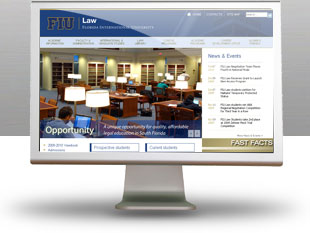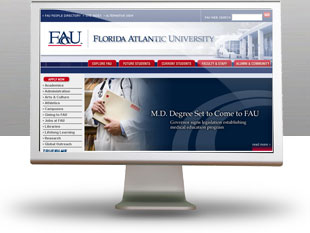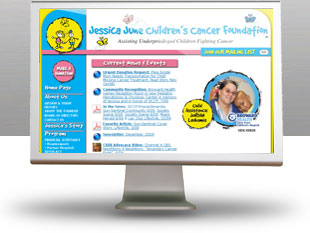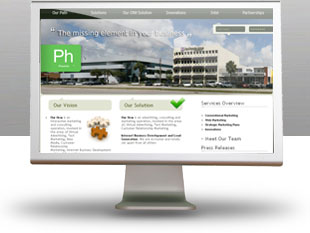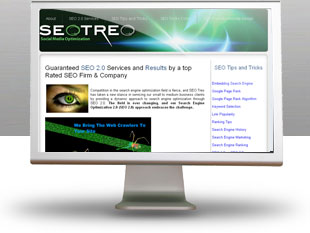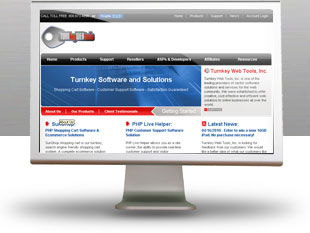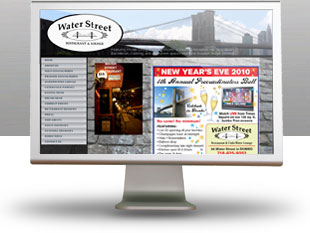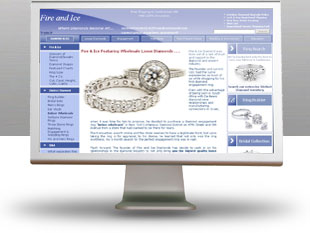Search Engine Partner is proud to be the company that first launched SEO 2.0
One of our founders, Clinton Cimring, is credited by Google as being the person who invented the idea of SEO 2.0 and was the first person to launch the approach under SEO Treo in 2006. In 2007 he filed a copyright for the process with the US Copyright Office. A copy of the SEO 2.0 Copyright can be located below.
http://cocatalog.loc.gov/cgi-bin/Pwebrecon.cgi?DB=local&PAGE=First
Search for SEO Treo as the author or SEO 2.0 in the title.
SEO 2.0 vs. SEO 1.0
SEO 2.0, or SEO 2.0, refers to the newer SEO strategies in the era of Web 2.0. While a more traditional SEO objective is to achieve first-page or even top-result for only a single web page or domain in search engine results pages (SERPs) through manipulation of a search engines algorithm, the newer SEO 2.0 strategy includes saturating the first page of SERPs with related targeted content from various Web 2.0 venues through manipulation of search engine features, which incorporate results in addition to single webpages. Examples include video results (e.g., YouTube), social networks (e.g., Facebook and Twitter), news feeds (e.g., Google News, images (Flickr and Google Images), Google Places, and Google Product Search (formerly Froogle). It also entails exploiting the nature of Web 2.0 networks to gain more user-generated backlinks and traffic to a target site or brand.
SEO 2.0 History
While the prevalence of adding the suffix "2.0" to a common term to form a new moniker is widespread, the phrase SEO 2.0 dates to 2006 and is credited to Clinton Cimring, a co-founder of Search Engine Partner. When SEO 2.0 was first described in New Media Age in May 2006, SEO specialists were "expanding out of their silos and moving into PR and broader marketing communications." The article explained that "the explosion of blogs, podcasts and community sites is giving customers the power to make or break reputations, so they can't be ignored."
Later in 2006, Media Post's Rob Garner associated SEO 2.0 with "new difficulties" presented to webmasters and search optimizers by rich Internet applications such as Flash, JavaScript, and XML (including AJAX) that don't produce indexed pages with a unique URL address.
In May 2007, Google introduced its "Universal search" program making even more important the implications of search optimization across news, images, video, and groups.
By December 2007, SEO 2.0 had become a topic of expertise and debate at a professional trade conference.
SEO 2.0 Techniques
SEO 2.0 techniques may include a wide range of practices, ranging from White Hat to Black Hat tactics. One described technique involved a social networking website, ClimaxEvents.com, that set up a deliberately humorous gallery of club photos that they hoped other sites would make fun of. In only two days, thanks to posts at social networking sites like Myspace and Facebook, the site had spawned several thousand inbound links, which would have taken months under a traditional SEO campaign of inbound linking. As of 2009, less than 1 year after launch, the site had 16,000 inbound links and an Alexa rank of less than 800,000 with no traditional SEO efforts of any kind.
More on SEO 2.0 from Clinton Cimring's upcoming book "Gaming Google:"
"In 2006, Google decided that their market share was being encroached on by Microsoft and Yahoo, so they decided to add in some value added services. With the notion that they already had servers all over the world and the sites they evaluate were located all over the world, they decided to filter their search results by the searcher's location. Meaning, if a searcher typed in a search with a ZIP code or geographic marker, like a city name, only those servers in that area would be searched. Search engines already had the ability to track users' locations dating back to the 90's through the pay per click sections of their searches; ads could be targeted based on a user's location.
Further, they decided to incorporate their other searches into the main page results. Google map listings, images, products, news feeds, and so on would all be included. They further refined this is 2007 under the name "Google Universal" by cross referencing the user's location with websites stored on servers in that location with Google Maps. Using the amount of times a search result was clicked (the second point above), Google decided to attribute clicks to the user's location. The result was that if a searcher typed in a search for a physical location, a Google Maps listing (with a website) would be cross referenced with actual search results and, if there was an overlap, those would be returned first.
What Google actually did was make it even easier for me to manipulate their results. Not only could I have a client listed in their actual results, I could have the clients images listed, their store location listed, their products listed, their press releases listed, their news updates listed, and so on, until the entire first page was filled with my own client's content. I called this SEO 2.0. Google may have come up with some value added services, but so did I.
This year (2010), Google came up with two major updates to their search engine. One was simply an update to the way results are displayed, while the other was a major update to the algorithm, which I consulted on. The update to the search results were codenamed Caffeine and Instant. The idea under Caffeine was that results could be displayed faster and the underlying algorithm would analyze inbound links from social websites a little differently. The update under Instant was an extension to Google Auto Suggest whereas actual search results would be shown while something was being entered into the search box. The biggest change came from the algorithm update. In March 2010 Google purchased a Link SPAM algorithm. It launched it in October 2010 along with a full rollout to Google Places. The effect of the Link SPAM algorithm was that sites that SPAM inbound links would actually be deducted from a point system allocated to a website as well as ignoring click-through rates from organic searches and manual submissions of websites to Google, which had been used to trick the previous algorithms. Google Places also totally replaced all algorithms for geo-targeted search terms by only displaying listings from Google Maps organically on the homepage of Google."
For more on SEO 2.0 read our What is SEO 2.0? article.

Keywords: SEO 2.0, traditional SEO, SEO 1.0
|












